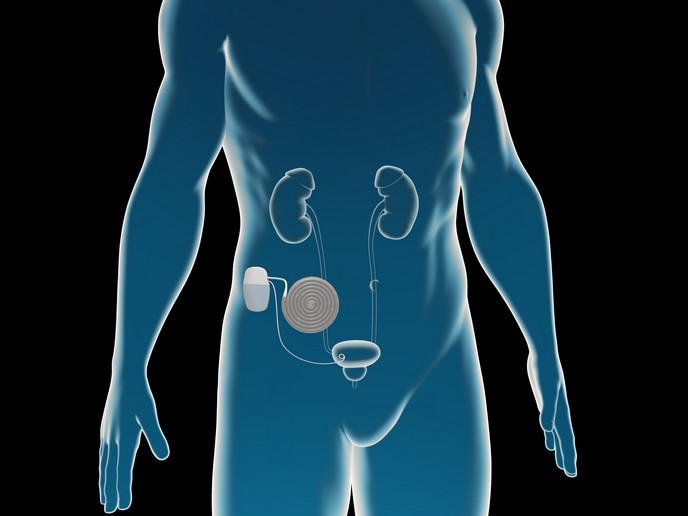Exercise in heart failure
Heart failure often requires heart transplantation. However, the lack of suitable donors may lead to the use of a ventricular assist device (VAD), which essentially bypasses the native left heart in propelling blood to the systemic circulation. New continuous-flow VADs are small in size, exhibit low invasiveness and have mechanical durability. However, they cannot change their output according to the patients’ venous return in cases of residual functionality of the left ventricle or exercise. To address this, the EU-funded VAD AND EXERCISE (VAD-patient interaction: from rest to exercise) project set out to investigate the exercise capacity of VAD patients. Researchers ran a clinical study to assess the impact of VADs on patients’ exercise capacity over time. Enrolled patients performed two cardiopulmonary exercise tests (CPET) on the same day, one at constant VAD speed, and the other with a manually increased VAD speed. Results showed that the exercise capacity of VAD patients was approximately half of that expected in a healthy condition, and it improved only in the first 6 months after surgery. The two CPET tests did not show significant differences in ventilation, haemodynamic and cardiac parameters. VAD speed increase provided a benefit in terms of fatigue perception only in a small percentage of patients. To address the complex physiology of VAD patients, researchers developed a computational cardio–respiratory simulator that faithfully reproduced exercise physiology in heart failure. It provided reliable representation of heart rate, blood flow, oxygen saturation and vascular resistance at rest and during exercise in VAD patients. Furthermore, it predicted the interaction between the left ventricle and the VAD and evaluated the effect of different VAD speeds. The cardio-respiratory simulator could serve to optimise VAD therapy and aid in screening new VAD prototypes. Overall, the VAD AND EXERCISE study indicated which parameters should be considered to improve the patients’ exercise capacity. This is expected to improve the social, psychological and physical functions of patients with heart failure.







